|
By Al Players: 1 Platforms: Nintendo Switch, PC It's rare that I'm at a loss as to how to describe a game in a few words, but Akatsuki: Lord of the Dawn (Hereafter simply referred to as "Askatsuki".) has me a bit stumped. It's probably best described as a real-time strategy RPG, but there's so much more to it than that. It's out now on the Nintendo Switch and PC by way of Zoo Corporation, and we're going to be taking a look at the Nintendo Switch version today. This is going to be a strange one, so let's get right into it! Discussing story in Akatsuki is odd as while I feel that it does have a rather decent one, it also seems to be barely attached to the core gameplay loop. Following a war with a Demon King, the young Ark learns that he is the descendent of the Badona family. He's been raised in secret so that he can one day lead an army to finish the war once and for all, and that day has now come. He's summoned before King Odorian IV of the Kingdom of Krenian (the land I guess you're defending), given the title of Lord Badona, and sent to raise an army to take the war to Demon King himself. From there Ark travels from island to island, meeting and recruiting new people to his cause, while also eliminating whatever evil threatens the local populace. Each bit of story is told through cutscenes that you'll find only in the main questline. There are some decent twists, turns, and reveals along the way, but it all feels a bit pointless when you realize that there's no real sense of urgency to anything. I figured that since the game has a day/night cycle that time would be of the essence, but you're pretty much allowed to take however long you want to complete any tasks given to you. Furthermore you're not even easily able to properly construct fully on the islands (more on this in a bit) until you finish the main quests in that region. This means you'll actually have to finish the current round of story missions if you want to make the most of the current area you're in. After a while I found myself skipping much of the story so I could get back to the actual gameplay. This may sound like a rather large negative point to start the review on, but I think it only truly reflects on how the game dropped the ball in incorporating the story elements properly into the main game. Thankfully it's gameplay that saves Akatsuki, and we're going to discuss that next. Placing Akatsuki into a genre is one of the most difficult things I've ever had to do. It has elements of a real-time strategy game, an RPG, a deckbuilder, and even some light city-building sim mechanics. Don't worry too much if all that sounds like an odd mix, because while there are some parts of the game that shine more brightly than others, everything comes together in a rather neat, cohesive way. Let's discuss combat first. Combat sees Ark lead up to fifteen characters into battle at once, with the first five of them being able to use special skills or abilities that come with their class. These skills are usually buffs or strong attacks, and they're also the only thing you can directly control in battle besides movement and formation. Each battle sees you arrange your army as you see fit by picking one of three formations, and then charge forth into the enemy. Attacking happens automatically, though you might have to maneuver a bit so you're making the best of your troop’s abilities if the enemies you're facing are using ranged attacks. Each character and monster has their own life bar, and they will die when it hits zero. If one of your characters dies in combat, they're no longer able to participate, but you're still able to keep on fighting and you'll get them back after the battle is done. Losing in combat is a very real possibility, though I rarely encountered it past the early points in the game once I realized you were able to add in more than the initial five starting characters. Since combat is what you'll be doing the most of in-game, it's best to work out what party makeup works best for your play style. Since this is probably the most important aspect of the game, it makes sense that most of the other gameplay elements sort of revolve around it. While you're not able to directly control your army, you are able to see to their maintenance. You gain renown from completing quests and winning battles, and you can use this to recruit new soldiers at your base came, and to level up the ones you have already. Characters are able to be leveled up to only a certain point before they can need to be ranked up, and from there you can even put them into a secondary class once they hit level 99. That's a very long process, and one that you'll only see if you're very dedicated to the game, but I was surprised to find how deep of a mechanic it was. All the classes you'd expect to find in a game like this are here, and you can recruit classes like Thief, Warrior, Magician, Knight, Sniper, Monk, etc. There are some more unique classes like Bouncer, Gunslinger, Outlaw, and Curser too, so you can create a very diverse party once the options open up to you. Each class has their own stats and attacks, but the skills the main five bring into battle, and the bonuses they get when they rank up, are what you're going to want to keep an eye on. Also, while the equipment they carry is all automatically chosen for you, you can choose to put specific weapons and armor onto each of your characters that you've crafted through the in-game crafting mechanic. You're also able to create three unique armies you can switch between, but I rarely did that. I mentioned deckbuilding elements earlier, and it's the party building system where most of those elements come into play. Those looking for a deckbuilding RPG might be disappointed though as beyond calling the armies "decks", and some skills and attacks being represented by cards, these bits of gameplay don't run very deep. I didn't mind that at all though, considering I'm not a fan of the deckbuilding genre in general. Crafting is just one of the many things you'll unlock via Akatsuki's rather robust skill tree. It's also there that you'll gain the ability to recruit different characters into your army, gain the ability to build resource gathering buildings, and even learn new formations and classes. Crafting is probably the most important of all the in-game skills, and it's done by using gold and resources that you find from defeating monsters and clearing missions to create new materials and items. This is where you'll create magic items, weapons, armor, and more, and I found it to be a system that felt a bit too deep for a game like this. I was able to get through most of Akatsuki only ever bothering with the most surface level of crafting, and only truly bothered with the mid and later stages for the sake of this review. It's a fun system to mess around with, but it really only exists for those looking to create an absolutely indestructible party. The uneven nature of getting the base materials required for crafting made the whole system feel like a chore early on, and you'll most likely be over-powered by the time resources start to become abundant. The only other thing worth mentioning in relation to the crafting are the missions that you sometimes get that require you to craft specific items to complete. These often are things dropped by monsters, but start to switch over to high-level crafted items about halfway into the game. These missions can be quite odd as they often give lesser crafted items as rewards. I'm not sure if this is a bug in the game or not, but it did mean that I'd sometimes take quests knowing that I planned on failing them just to get them out of the queue. The rest of the skill tree is what you'd expect, and it too takes renown to advance. Map traversal and the light city-building elements are the final thing I want to discuss when it comes to gameplay. Each island is made up of several hexagonal squares that are split up into various buildings and terrains. Your main base will be the island's central town, but you'll find other villages on many of the bigger islands. Most of your missions, both optional and main ones, will require you to explore more of the island, and each space will see you take on a series of monsters that change depending on the terrain you're fighting on and the time of day. There is a day/night cycle, as well as a day counter that shows how many in-game days you've been playing the game. While I never encountered any issues with taking too long to complete most tasks, you can fail quests if you take too many days to complete them. Most quests have a three-day time limit, but some can be less. Once a space has been cleared of monsters, the surrounding spaces are revealed and you can complete the process again. You're also given the ability to build new buildings on certain space types, like mills in forested areas and quarries in rocky spaces, with these basically acting as a way to get guaranteed daily resources. Besides being used to craft more items, wood and stone can also be used to upgrade the island infrastructure, making them the most important resources in the game. You can build roads between the main town and villages, and upgrade the city in other ways that make it more viable. The level of the current area actually determines what you're able to craft, so it's best to get to work as fast as possible. This may sound like a bit much to manage in a single game, but I usually left it alone until I had tamed most of the island already, and cleared all the area's main quests. By that point you're pretty much just cleaning things up, but it's fun to see a mass of blank spaces become a functioning island after an hour or two of gameplay. And that's the basic gameplay loop. I found it to be very rewarding to go space by space, fight ever stronger monsters, and level up with them, but I have to admit that it all started to get repetitive rather quickly. Akatsuki is a game that is best played in small bursts, and I actually wonder if it was meant to be a mobile game at some point. The pacing just feels like it was never meant to be your main focus, and gameplay fatigue seemed to creep in fast even though I was mostly having fun. It doesn't help that many of the gameplay elements felt unevenly paced. I saw very little reason to bother to upgrading the islands once I fully completed the skill tree, and that's a task that's surprisingly easy to do if you're thorough in clearing out each space, and take on every available mission. Battles can be very fun and rewarding, but they all felt like they ended far too quickly once I had made my perfect party. There are monster hideouts that send wave after wave of enemies at you, and there are even a few boss encounters that change things up a bit, but I couldn't help but wish that the game went a bit further in the real time strategy elements. There was a point where I had made my favorite army, built them to a very high level, and pretty much just breezed through the game. About halfway into the game it became rare when a party member died. More emphasis on the actual strategy elements of combat would've gone a far way, and I think the overall difficulty could've been kicked up a few notches. I still had a lot of fun playing and clearing the game, but it's probably would've been better if I'd taken the game at a slower pace and enjoyed all the different parts it had to offer. While I do think that Akatsuki is a great looking and sounding game, there are some quirks that I never could really get around. The sprites being small makes sense considering how many are meant to be on-screen at one time, but I found it strange that every cutscene plays out in a curved fisheye point of view. I'm not sure what the game was going for with these, but it was very distracting and made for some odd screenshots. The music in-game is great, but since most scenes play out quickly I found that I rarely heard more than the first section of each song. This isn't really a complaint to the quality of the music, but I also have to admit that everything does sound a bit generic. Thankfully the cool sprite-based graphics helped me get over some of the milder complaints I have, but I'm also not done. Next up has to be the general text-heavy nature of the game. Since a lot of the game revolves around crafting, skill trees, and simulation elements, it makes sense that there'd be heaps upon heaps of text-only sections. This brought down the visual appeal quite a bit, and the only thing good I can say about it would be that they at least used a font that I liked. Akatsuki isn't going to win any awards for presentation, but I've played games that fumbled things worse than this one. Akatsuki is a really fun game that'll easily eat up hours of your time if you let it sink its claws into you. There's a lot of different ways to play the game, and it's definitely one of those "there's something for everyone" type of experiences. I once again have to reiterate that I think this is a game best played in short spurts, as in maybe in between sessions of a more involved RPG. I really think a slower pace will help one see the many things the game does right. Rushing through it like I did only exposes how thin some of the different genre elements are, and it honestly doesn't do the game much justice. If you're looking to pick up Akatsuki, then the low price of $9.99 almost feels like a steal considering the amount of content you get. This may not be the best game available on the Nintendo Switch, but it is a game that's worth your time and its lack of a distinct genre is worth seeing directly. It might be rather obvious, but I give Akatsuki: Lord of the Dawn a pretty solid recommendation. It may not be a game fans of action titles might be interested in, but it combines enough elements into itself that fans of other genres are sure to find something to enjoy here. If you're looking for a good console RTS, an indie sprite-based RPG, or even both of those mixed with light sim elements, then this is the game for you. Pick it up on whatever console you can, and thank me later. I hope that we get some sort of follow-up to this game down the road, as there are several parts I would love to see improved upon. Check Out Akatsuki: Lord of the Dawn on Nintendo Switch: https://www.nintendo.com/us/store/products/akatsuki-lord-of-the-dawn-switch/ Story: B Gameplay: B+ Graphics: B+ Music/Sound: B Value: A Overall: B+ Pros: + A fun mix of RTS, RPG, and simulation gameplay. + Creating the perfect army is a lot of fun, and there are near limitless party customization options. + The graphics and music are cool, and the game runs smoothly even with tons of sprites on screen at once. + Can be played in a variety of different ways depending on what part of the game you want to focus on. + Though it may be a bit intimidating to come into at first, the game's various elements are easy to grasp in short order. + Is available at an extremely affordable price. Cons: - The story seems to be barely integrated into the core gameplay loop. - Some of the gameplay elements, like crafting and city-building, seem to be paced differently from other aspects of the game. - Things like the odd curve found in cutscenes, and the sometimes generic music, bring the presentation down a bit. - Is best played in shorter bursts, and this along with the uneven pacing makes me wonder if this was meant to be a mobile experience at some point. A copy of this game was provided to us free-of-charge by the publisher for the purpose of this review. This did not affect our review in any way. #Akatsuki
0 Comments
Leave a Reply. |
Search
Contributors◆ Angie
◆ Emily ◆ J.D. ◆ Janette ◆ JT ◆ Manuel ◆ Nestor ◆ Rose ◆ Sylvia ◆ Teepu ◆ Tiffany ◆ Winfield Archives
June 2025
|
© 2014-2025 A-to-J Connections. All Rights Reserved.


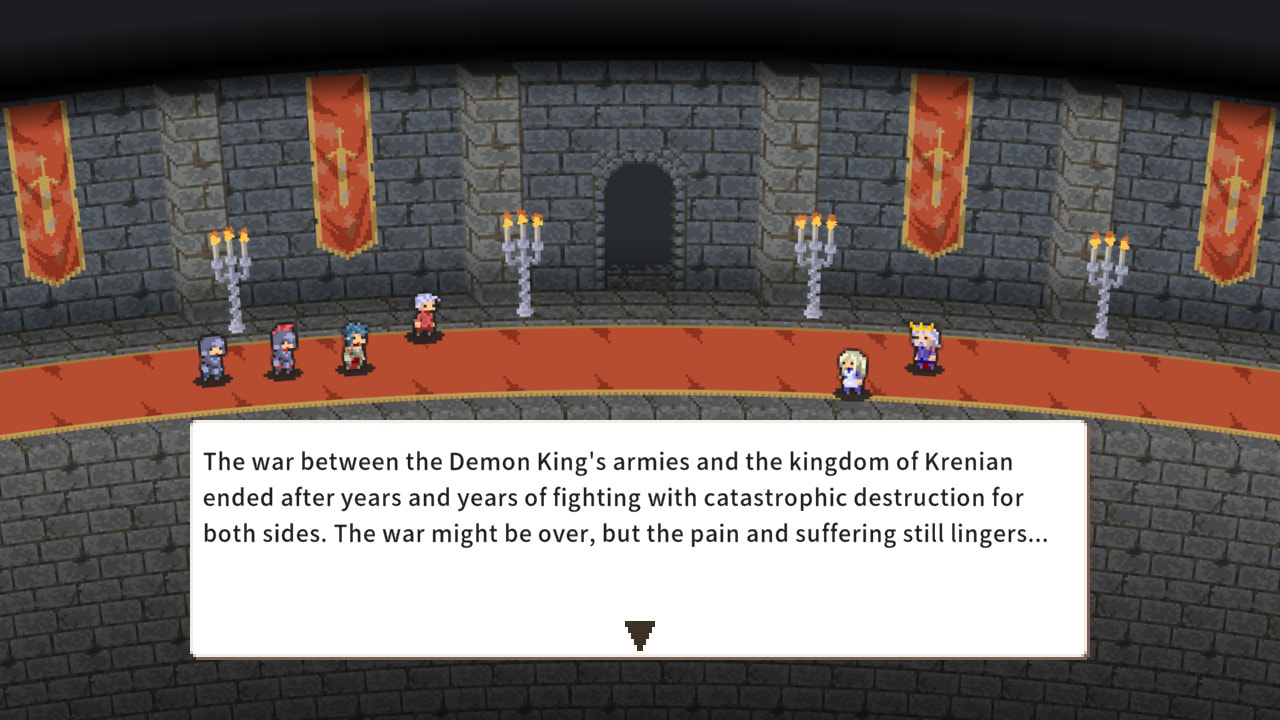
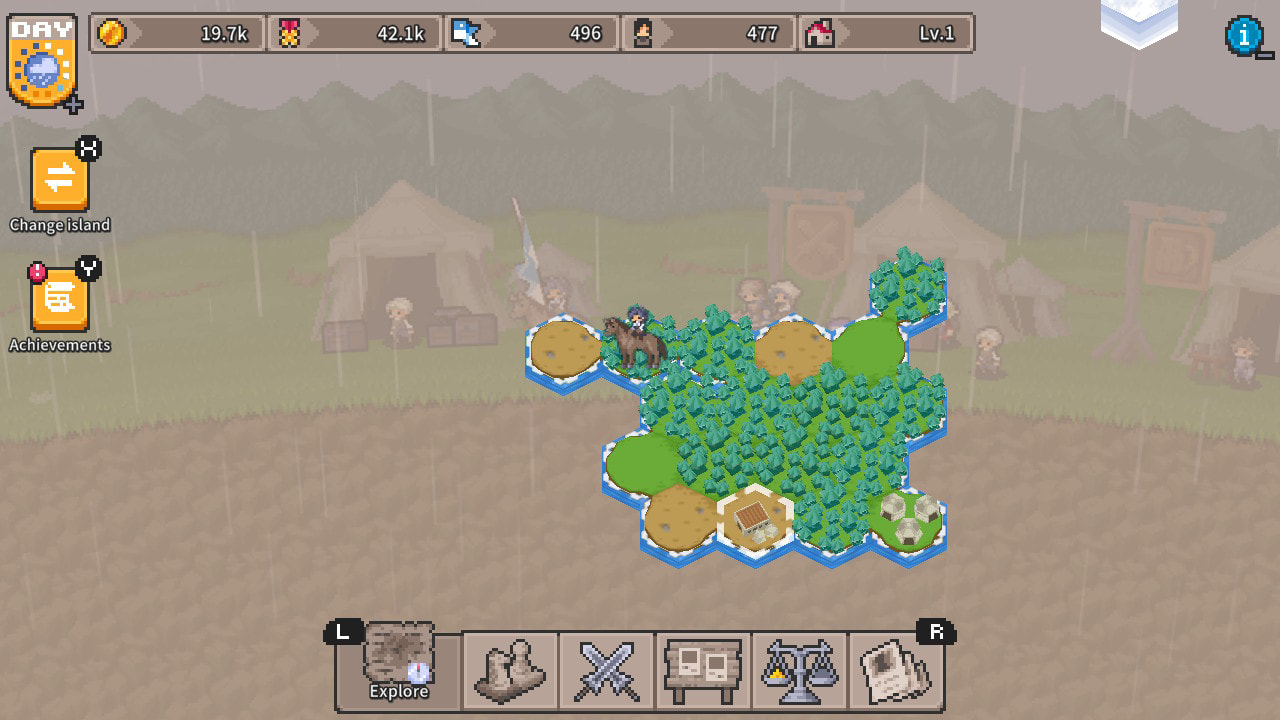
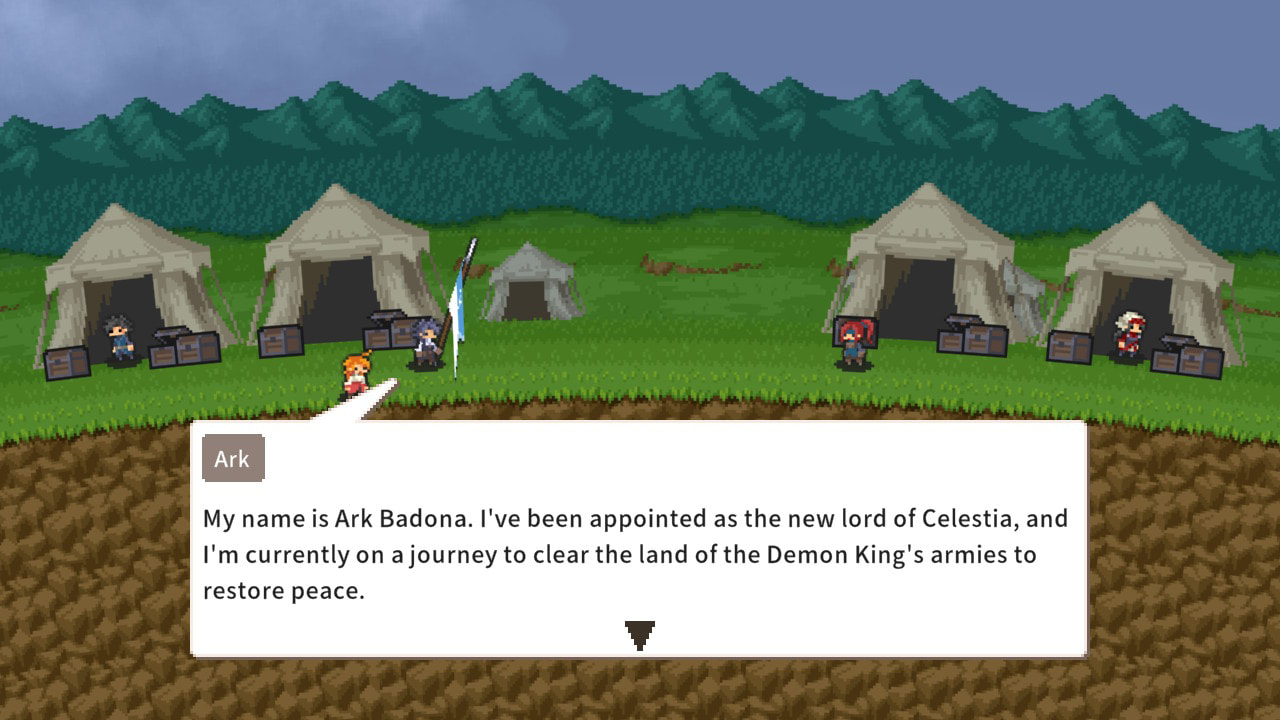
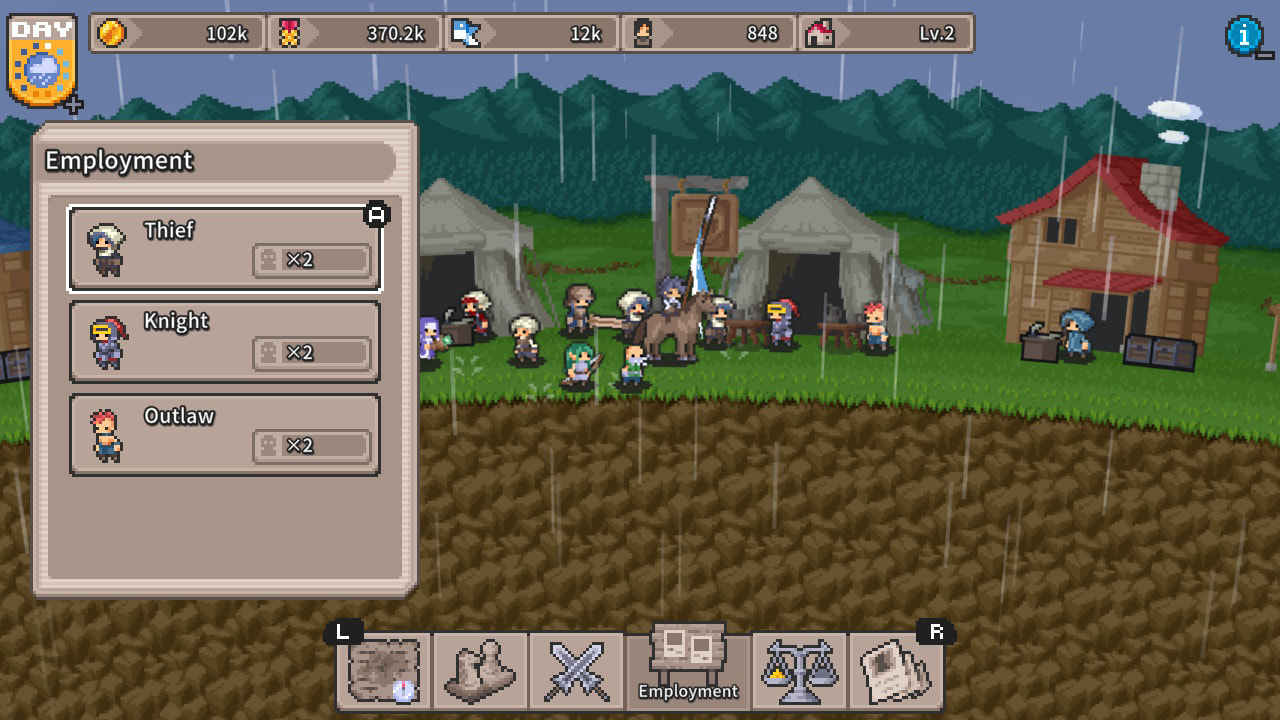
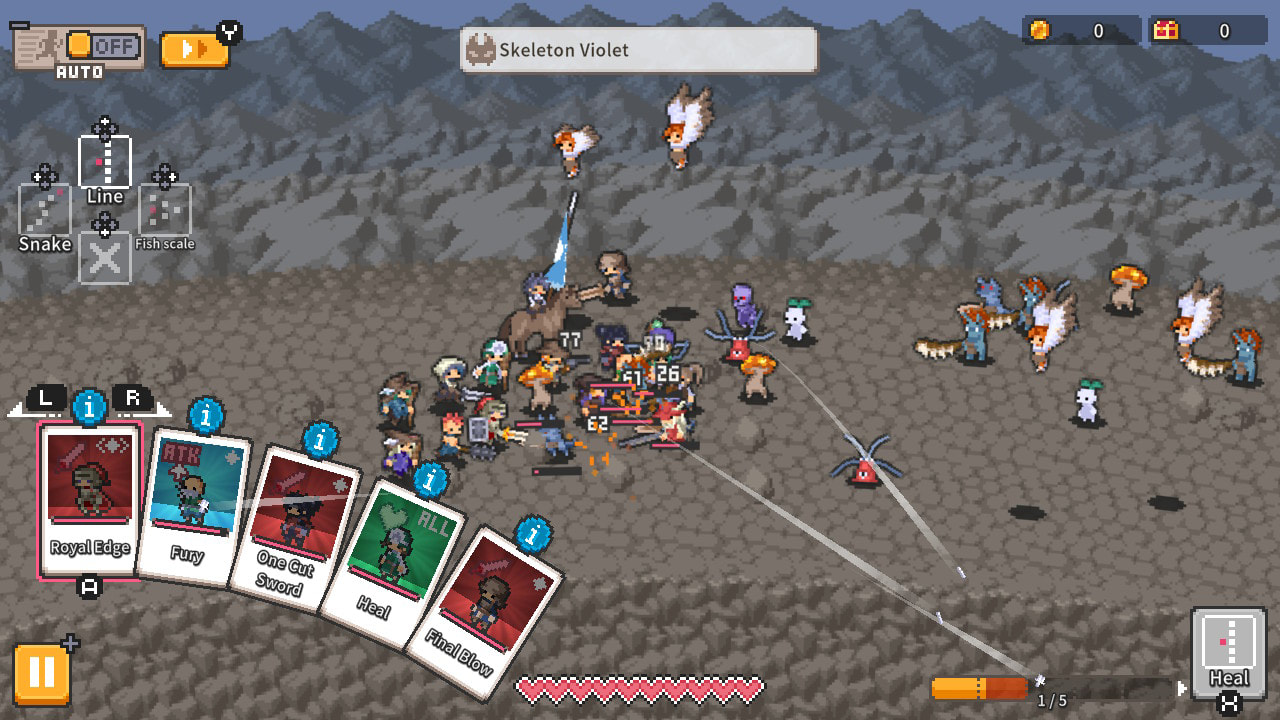
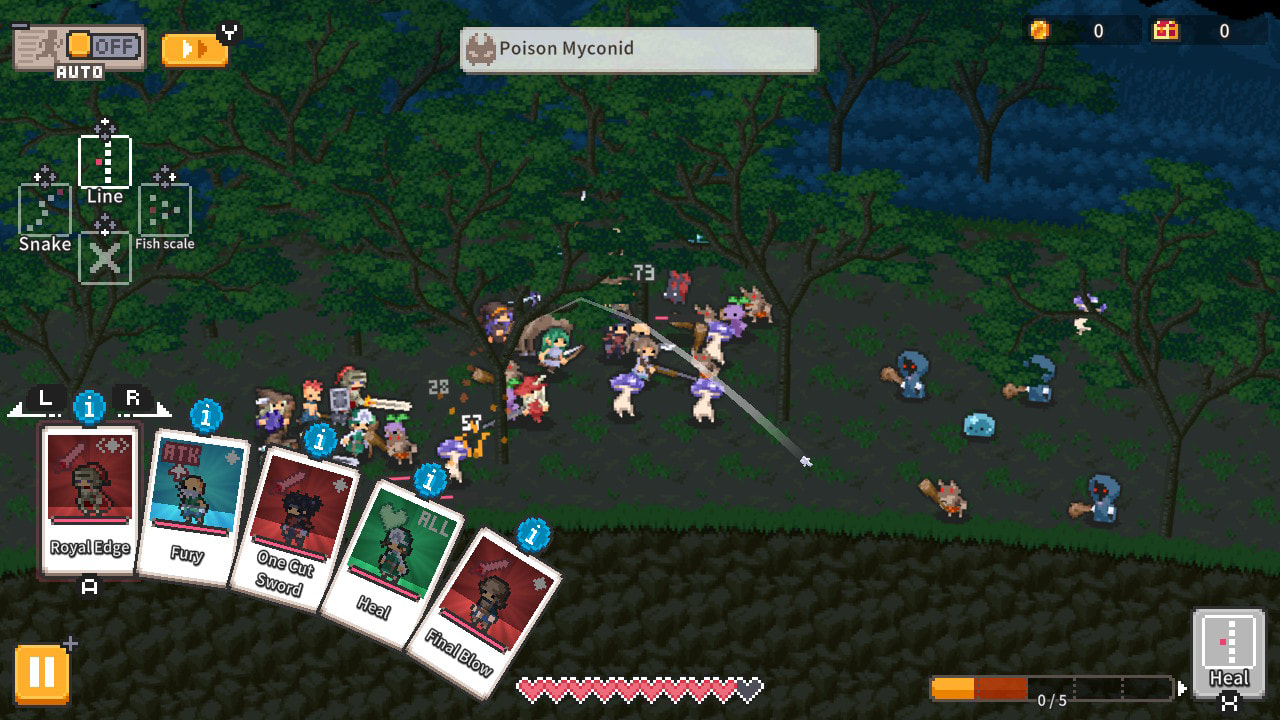
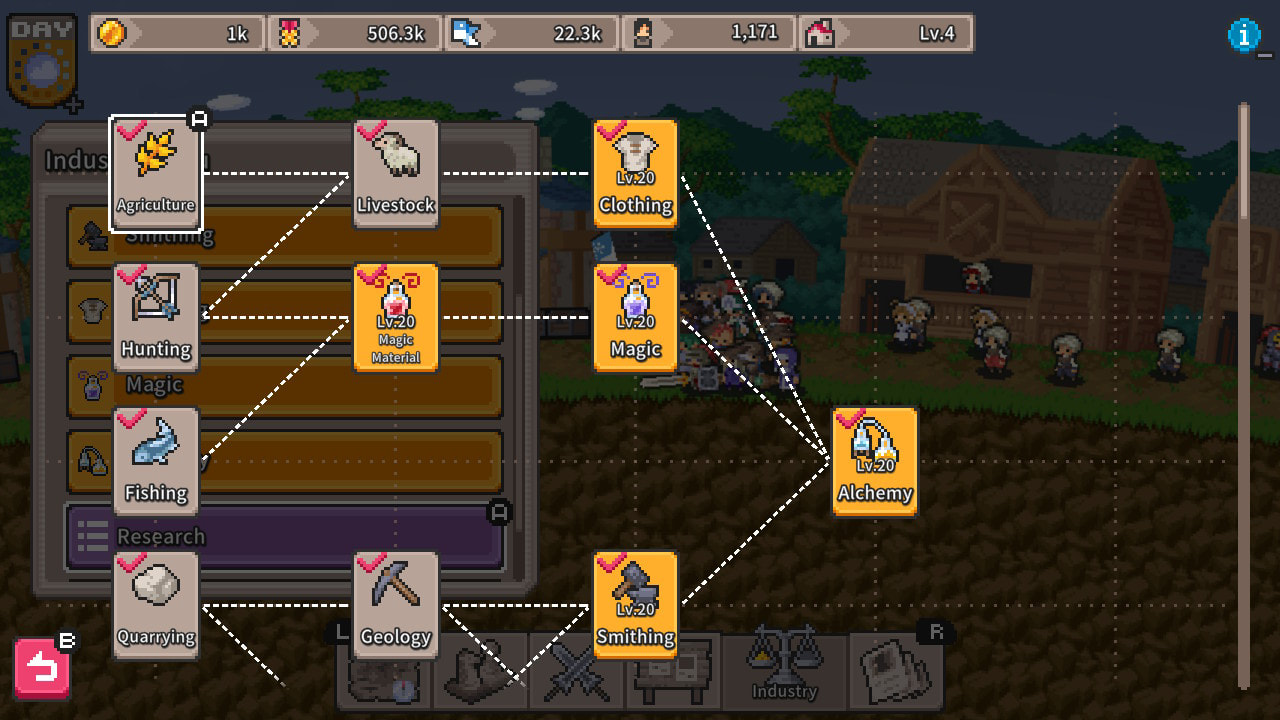

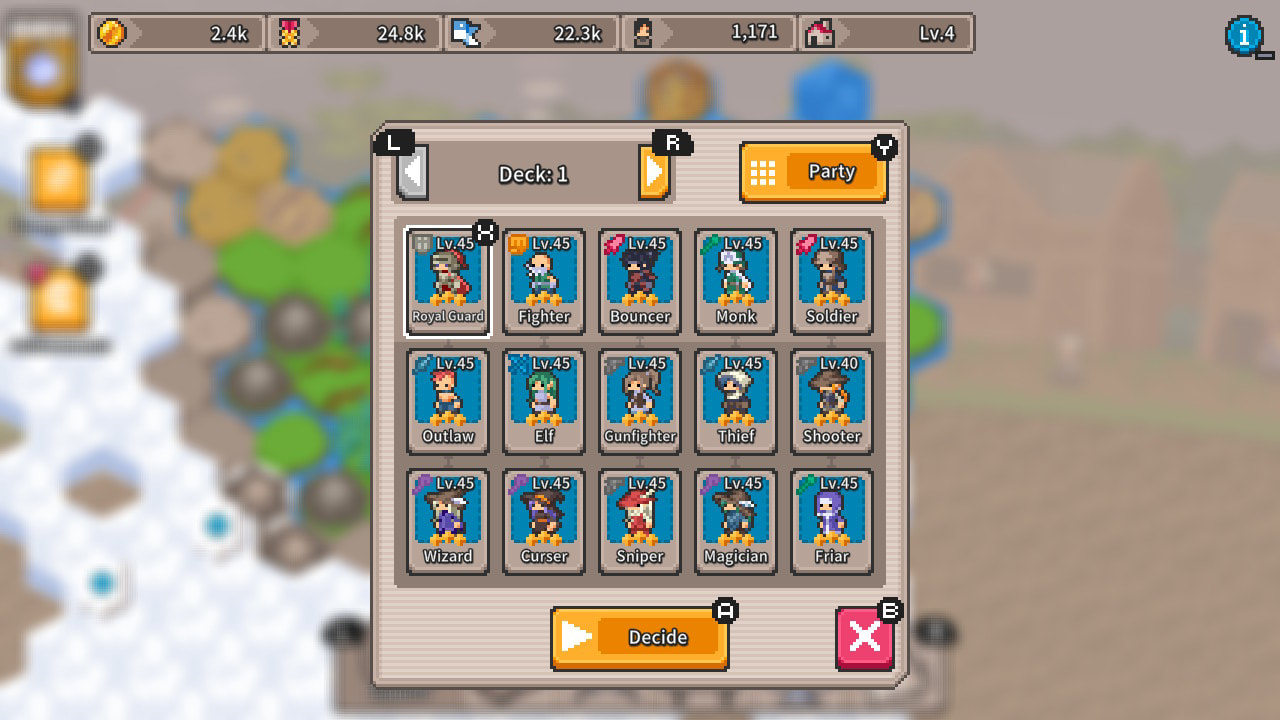

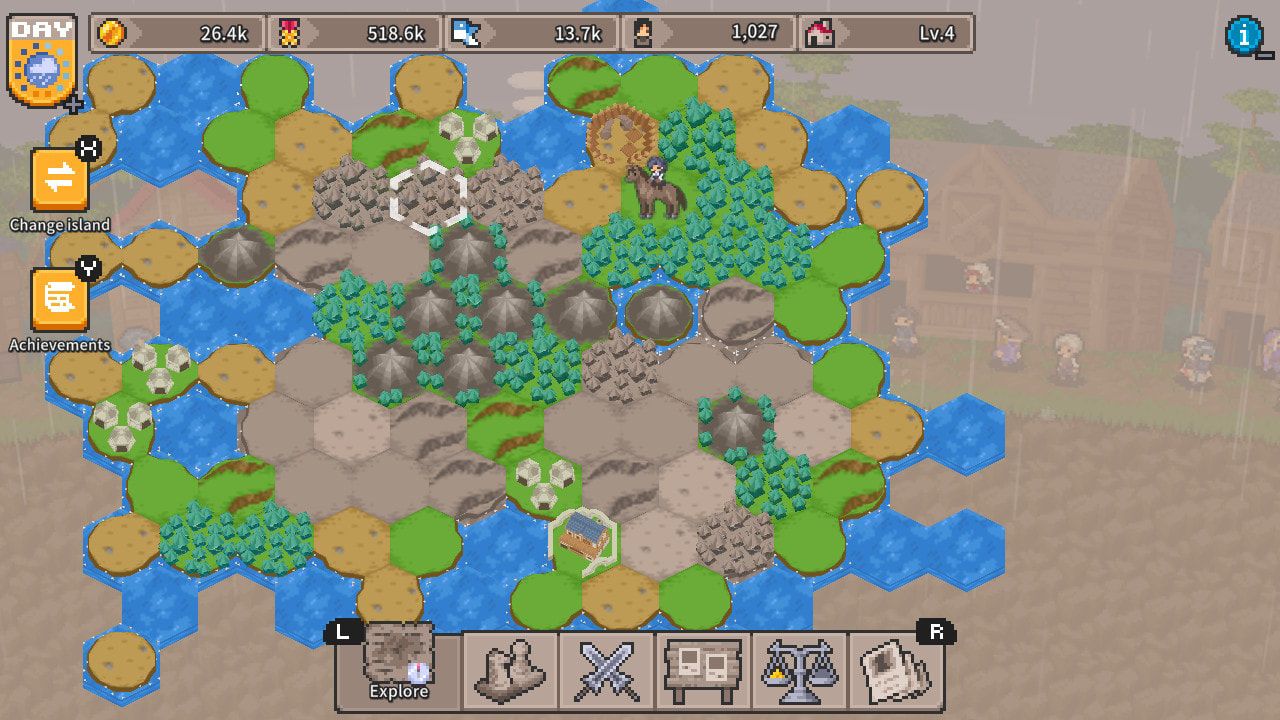
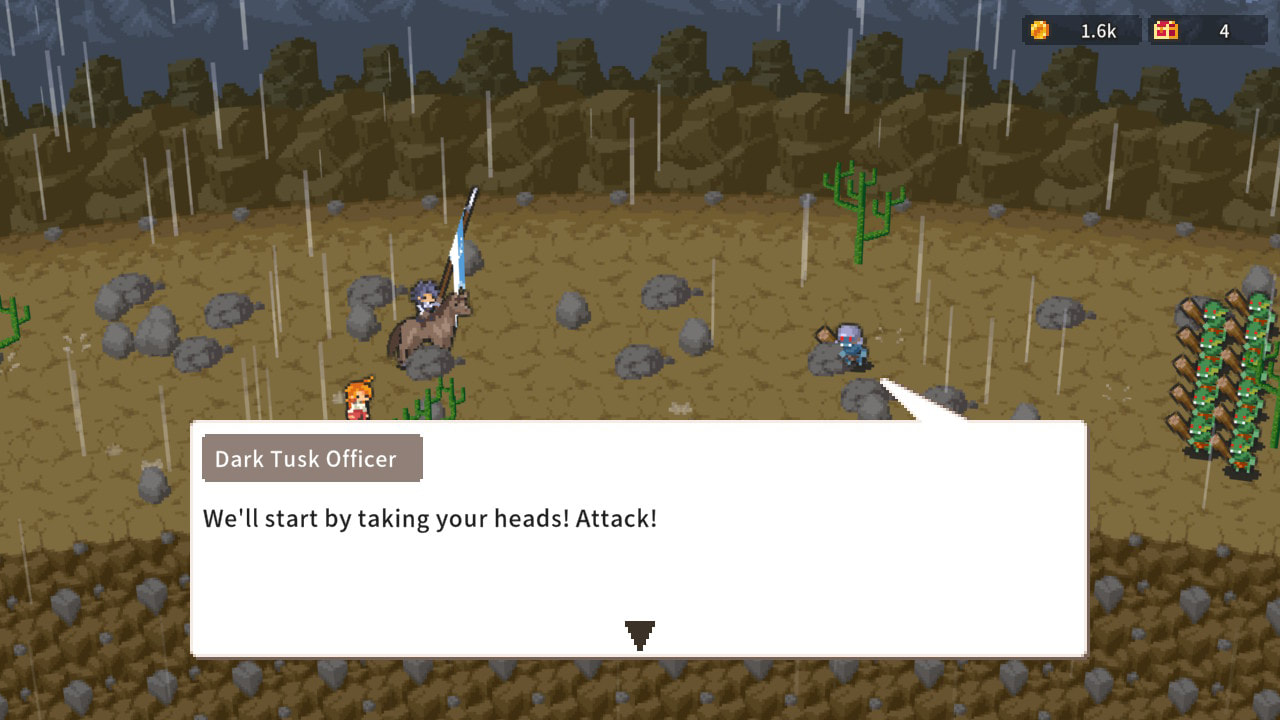
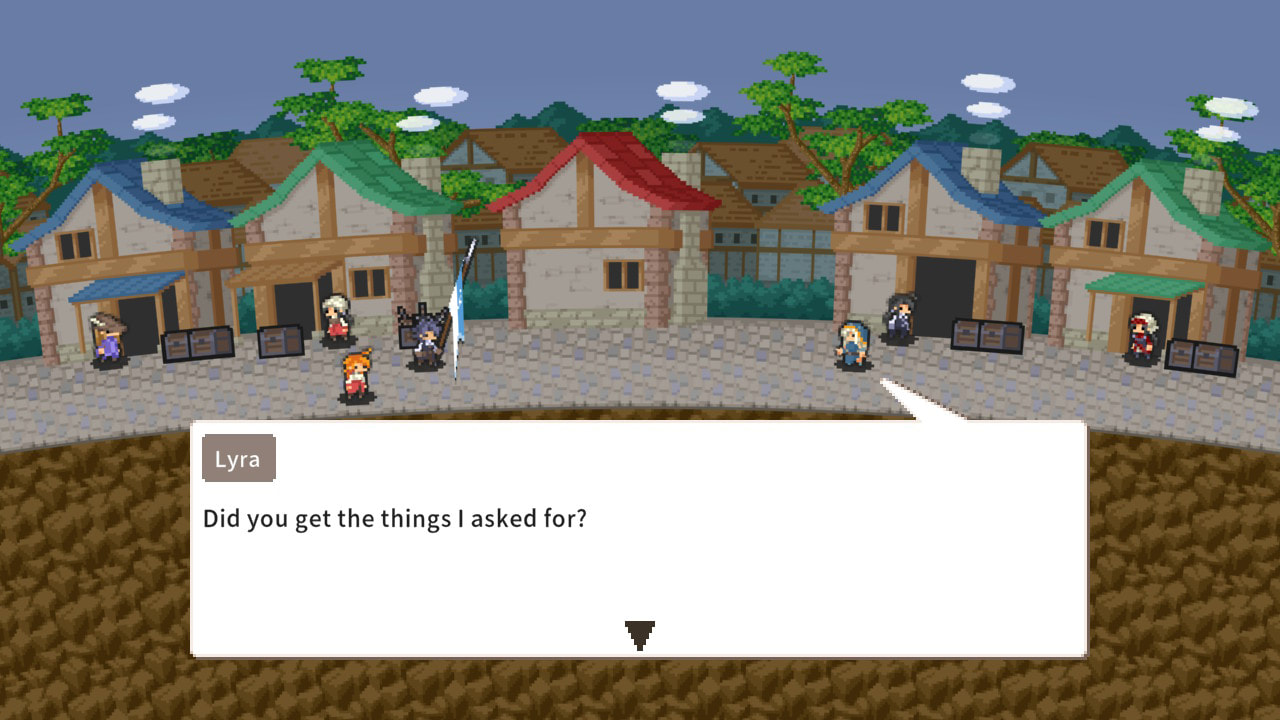

 RSS Feed
RSS Feed